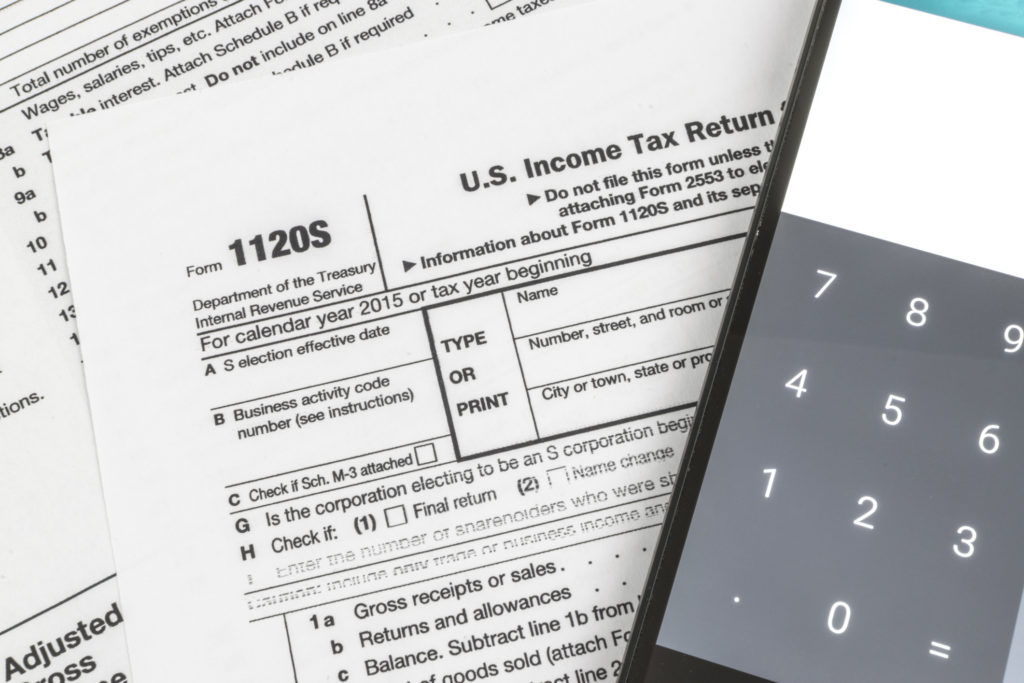Don’t Jeopardize Your S Corporation Status
- Contributor
- Debbie Alexander

Opting for S corporation status, or contemplating an S election, is often driven by the appeal of blending corporate liability protection with partnership tax advantages. But these benefits come at a price, and maintaining S status requires some due diligence.
First, let’s start with the basics. To qualify as an S corporation, a corporation must meet all the following criteria:
Be mindful of the main disadvantages of an S election: limitation on the number and types of shareholders (more on that below), and prohibition of complex capital structures.
Partnerships, corporations, and nonresident aliens are not allowed to own shares of an S corporation. Individuals (U.S citizens or residents) and estates are allowed. So are tax exempt organizations, retirement plans, and employee stock ownership plans (ESOPs), although these may have their own challenges and restrictions related to S corporation ownership. A domestic trust is an allowed shareholder if it is any of the following:
To qualify as an ESBT, (1) all of the trust’s potential current beneficiaries (PCBs) must be eligible S corporation shareholders or nonresident aliens, (2) no beneficiaries may purchase their interests, and (3) the trustee must file a timely election with the IRS. Generally, a PCB is someone who is entitled to distributions or may receive discretionary distributions.
Grantor and testamentary trusts are eligible shareholders for only two years after the grantor dies or the trust receives the stock.
Closely monitor your shareholders and activities to avoid inadvertent termination of your company’s S corporation status. At worst, termination means the loss of substantial tax benefits. At best, it means going through an expensive, time-consuming process to seek relief from the IRS and, if successful, have your S status restored retroactively.
Following are just some of the actions you will need to take to avoid termination:
The choice of entity is a decision with implications throughout the life cycle of your business. Whether you are concerned about maintaining your S corporation status or are considering a switch, your CRI advisor can provide guidance and insight that can help align your business structure with your long-term goals.





























































































































































































































































































































































































































































































































































































Subscribe to our e-communications to receive the latest accounting and advisory news and updates impacting you and your business.